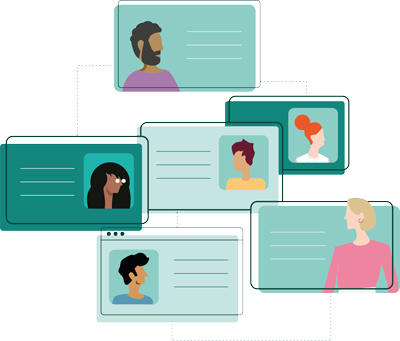Improving lives through digital transformation
Our vision is for the UK to be a world leader in technology for education, research and innovation.
How we can help

Cloud
Consultancy, support and reseller of services

Connectivity
Connection services and infrastructure

Cyber security
Protecting the network and your organisation

Data analytics
Address strategic challenges through data

Libraries, learning resources and research
Shared services, infrastructure and advice

Student experience
Tools to enrich learning and employability

Trust and identity
Manage access efficiently and effectively
Frameworks
Approved agreements to save time and money
Advice and guidance
Guides, training and consultancy
Get involved
Join a community and help steer our work
8-10 May 2024, online
Connect More 2024
Face today’s education challenges and prepare for tomorrow.
A membership community
As well as the services included in your membership, you can get involved with shaping new digital solutions.
You’re also invited to attend our programme of UK-wide events including Digifest and Networkshop. Plus every organisation has a dedicated relationship manager.

We support
Across the nations
We also welcome customers from local government, public sector, independent education providers, schools, non-profits and industry.
Training
HESA is now part of Jisc
HESA data is collected by the data collection and statistic directorate in Jisc and is the expert provider of data on the UK higher education sector.
Visit us
We have offices in Bristol, London, Manchester, Oxford and across the UK. Find an office.